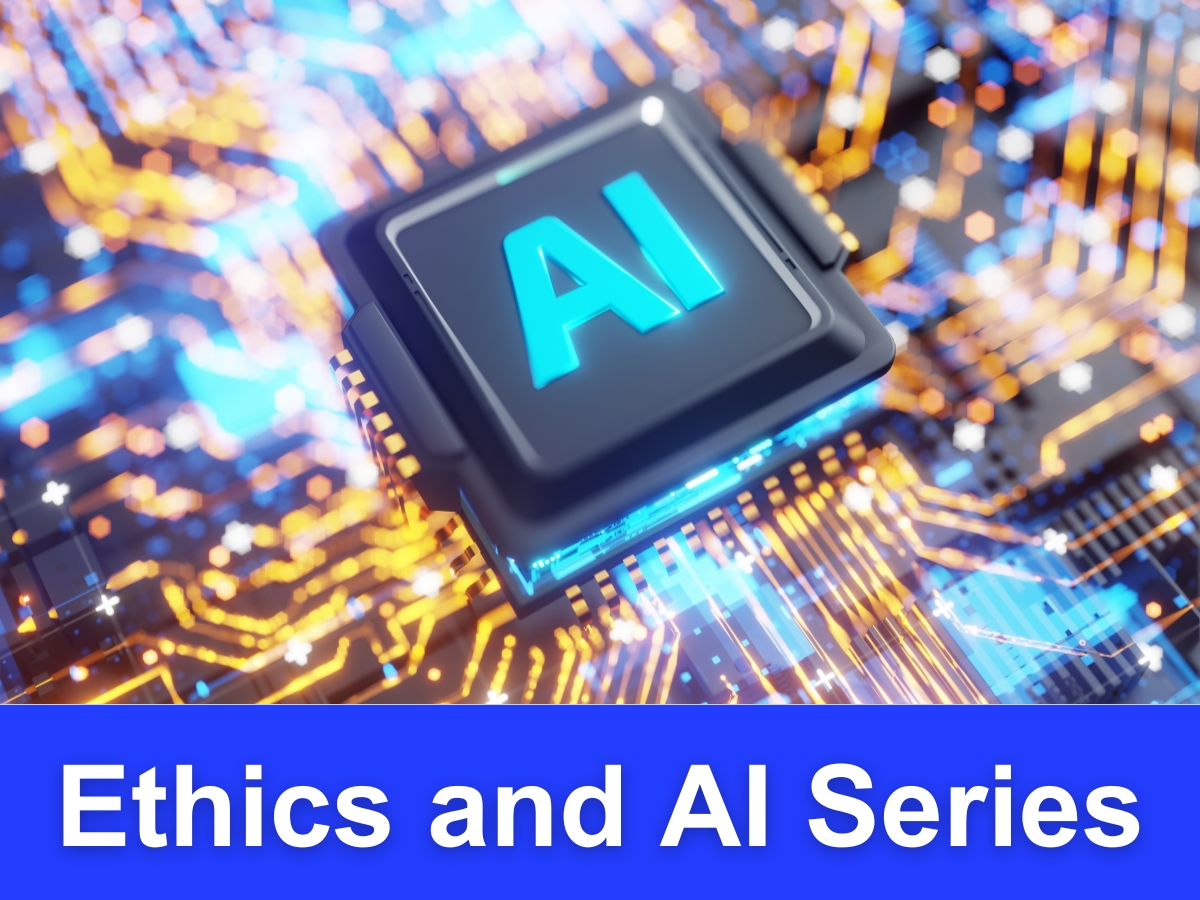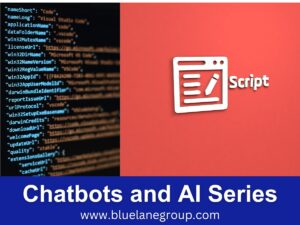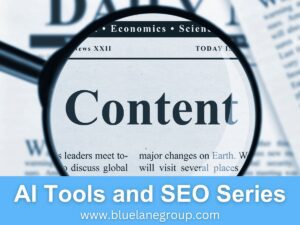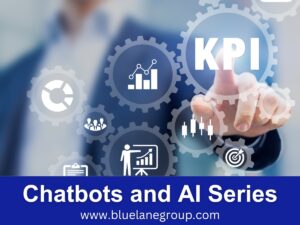In contemporary AI evolution, AI development tools are foundational instruments guiding the creation and deployment of intelligent systems. While promising unprecedented innovation, these tools bring a range of ethical considerations that every developer and stakeholder should be aware of.
An Insight for the AI Development Vanguard:
- AI development tools aren’t just about crafting efficient algorithms; they are the bridge between raw data and actionable insights. Ensuring these tools operate within ethical boundaries is paramount, as they shape the essence of the AI-driven future we’re moving towards.
- Professionals and fans venturing into the depths of AI must be well-versed in the ethical intricacies these tools present. Recognizing and addressing these dilemmas head-on ensures that AI solutions are innovative and grounded in ethical best practices.
By prioritizing ethics when leveraging AI development tools, organizations and individuals position themselves as conscientious pioneers in the tech sphere. Such an approach solidifies a commitment to responsible AI, ensuring a future where innovation thrives alongside ethical vigilance.
Welcome to the third article in the Ethics and AI Series. These Blue Lane Group posts aim to shed light on the multifaceted dimensions of AI ethics, guiding professionals and enthusiasts in navigating this intricate landscape with informed decisions and practices.

Disclosure: The digital products mentioned in this article are highly regarded in the marketplace and are endorsed by the Blue Lane Group staff. We may earn a commission at no additional cost if you purchase through the provided links.
Table of Contents

Understanding the Role of Modern AI Development Tools
In the ever-evolving landscape of technology, AI development tools stand out as crucial game-changers. These tools, a blend of sophisticated algorithms and user-friendly interfaces, empower both seasoned developers and beginners to harness the full potential of artificial intelligence.
By streamlining complex processes, AI development tools democratize the creation and implementation of AI solutions. This means even small startups can compete with tech giants in developing innovative AI-driven applications.
AI development tools are not just about simplifying the coding process; they reshape the entire AI development lifecycle. Everything gets a touch of efficiency and precision, from data preprocessing modeling to deployment.
And as AI continues to permeate diverse sectors, from healthcare to finance, the importance of these tools only grows. Ensuring accessibility, speed, and reliability, they play an instrumental role in rapidly adopting and integrating AI across industries.
What are AI development tools, and why are they transformative?
AI development tools refer to the software, frameworks, and platforms that assist in designing, building, and deploying artificial intelligence models. They range from libraries that facilitate deep learning, like TensorFlow and PyTorch, to platforms like DataRobot that streamline the entire AI project lifecycle.
The transformative nature of these tools lies in their ability to make AI development faster, more efficient, and accessible to a broader audience. By abstracting complex underlying algorithms, these tools enable developers to focus on problem-solving rather than getting bogged down by intricate coding challenges.
Moreover, with tools like Jupyter Notebook, developers can share their work, fostering collaboration and open-source contributions. Furthermore, as AI applications become more complex, these tools provide a scaffolding that ensures robustness and scalability.
They play a pivotal role in reducing the barrier to entry, allowing even those with minimal coding expertise to leverage the power of AI. Thus, AI development tools amplify seasoned developers’ capabilities and pave the way for AI democratization.
The evolution of AI tools: From simple algorithms to complex systems
The journey of AI development tools mirrors the evolution of artificial intelligence itself. Initial tools were centered around basic algorithms and statistical models. They offered limited functionality but set the stage for more advanced innovations. As AI began to gain traction, tools like scikit-learn emerged, providing a richer toolkit for machine learning tasks.
With the rise of deep learning, there was a pressing need for tools to handle neural network architectures. This ushered in the era of frameworks like TensorFlow and Keras. These tools, equipped with pre-defined layers and functions, simplified the process of building and training deep neural networks.
Recent years have witnessed the introduction of even more sophisticated platforms. Hugging Face Transformers, for instance, offers pre-trained models that can be fine-tuned for specific tasks, slashing development time. MLflow takes a holistic approach, managing the entire machine learning lifecycle.
Today, as AI continues to push boundaries, these tools are more than just development aids. They’re ecosystems that foster collaboration, innovation, and rapid development, ensuring AI’s potential is maximized across various applications and sectors.

The 10 Ethical Dilemmas Surrounding AI Development Tools
The rapid advancement and widespread adoption of AI development tools have brought forth a myriad of ethical considerations. These dilemmas span from issues of accessibility and equity to data privacy and security concerns. Let’s explore some of AI tool development’s most pressing moral challenges.
1. Accessibility: Ensuring Equitable Use of AI Development Tools
Ensuring equitable access to AI development tools is a primary ethical concern. As AI becomes a dominant force across industries, the tools that power its development should be available to all, regardless of their economic or geographical standing. However, the reality often paints a different picture.
High-quality tools may come with steep pricing, sidelining individual developers or startups with limited resources. Moreover, specific tools may require robust infrastructure or high computational power, alienating those without access. This creates an uneven playing field, where only a select few have the resources to innovate while others lag.
It’s vital for companies like Google and Facebook, who have developed tools like TensorFlow and PyTorch, respectively, to promote equitable use. This could be achieved through open-source initiatives, affordable pricing models, or even offering cloud-based solutions that eliminate the need for high-end local infrastructure.
2. Intellectual Property: Protecting Ideas in a Shared Development Environment
In the collaborative world of AI, where open-source is celebrated, protecting intellectual property becomes a nuanced challenge. AI development tools often function within shared environments where ideas, algorithms, and models are freely exchanged. While this fosters innovation, it raises concerns about idea theft and patent infringement.
Developers might hesitate to share their breakthroughs, fearing misappropriation or lack of credit. This could stifle innovation and slow down the collective progress of the AI community. Companies and platforms need to establish clear guidelines and protective mechanisms. Tools like MLflow or Weights & Biases can aid in tracking model evolution, ensuring that original ideas are timestamped and credited correctly.
3. Bias Reinforcement: When AI Tools Amplify Pre-existing Prejudices
Bias in AI is a profoundly entrenched issue, and AI development tools can inadvertently perpetuate these biases. When tools are designed or trained using data with inherent prejudices, the resulting models can reflect and amplify those biases. This can lead to AI solutions that unintentionally discriminate or misrepresent certain groups.
Companies like Google with TensorFlow or platforms like Hugging Face Transformers must be vigilant. Regular audits, diverse training data, and built-in bias detection mechanisms are imperative. It’s not just about creating practical tools but about ensuring they produce fair, unbiased, and representative AI solutions.
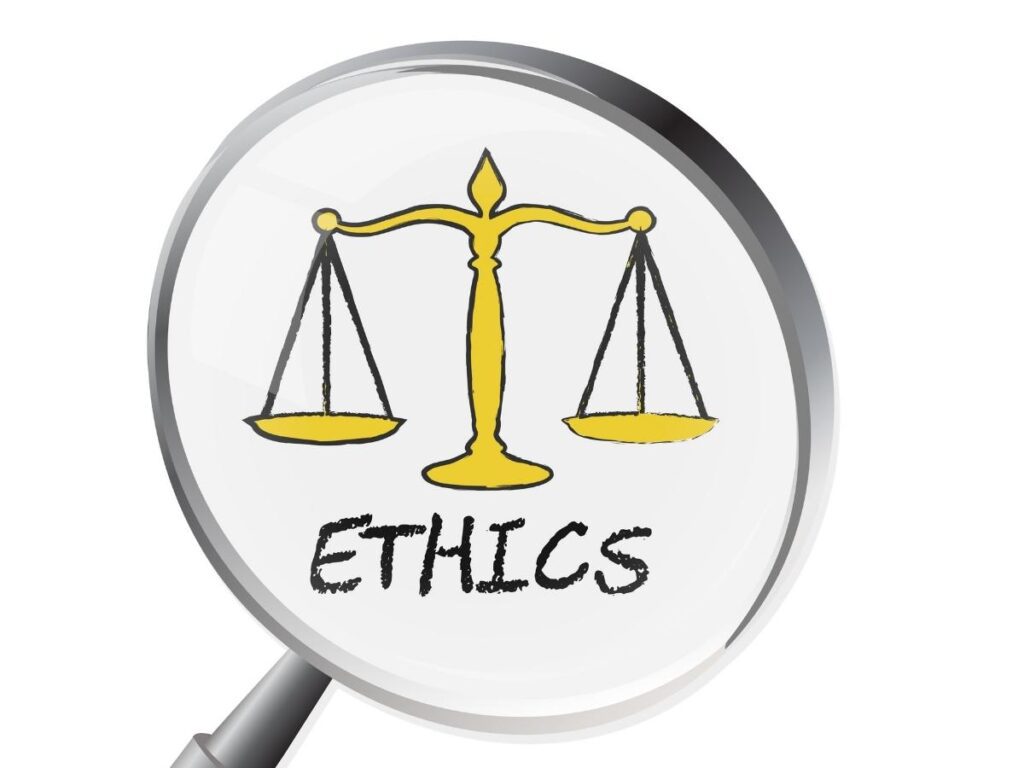
4. Data Privacy: Safeguarding Information within AI Tool Ecosystems
One of the foundational pillars of AI and machine learning is data. The vast amounts of data consumed and processed by AI development tools pose significant privacy concerns. All information, from user interactions to sensitive personal data, can be exposed if not correctly managed within these tools.
As AI systems become more sophisticated, the types of data they require become more intricate, often touching on personal and sensitive information.
There’s an increased risk of unintentional data leaks or breaches in shared development environments, where data sets might be combined or overlaid. Companies developing or utilizing platforms like DataRobot or MLflow must prioritize robust data protection measures, ensuring user information is anonymized and encrypted.
Moreover, adhering to global data privacy regulations, such as GDPR, is no longer optional but a stringent requirement.
5. Complexity vs. Understandability: Striking the Balance in Tools
As AI development tools evolve, there’s a growing divergence between their complexity and their understandability. Advanced tools offer powerful capabilities but can sometimes become black boxes where the decision-making process is obscured. This opacity can lead to a lack of trust among users or stakeholders, questioning the validity or ethics of the AI’s conclusions.
There’s a burgeoning demand for tools that, while sophisticated, are also interpretable. While advanced, tools like Keras or PyTorch focus on providing layers of abstraction that enable developers to understand the underlying processes and logic. Companies like Google, behind tools such as TensorFlow, emphasize the importance of making AI transparent and user-friendly.
6. Over-reliance on Tools: The Risk of Diminishing Human Oversight
AI development tools, from Jupyter Notebook to Spacy, have been designed to simplify and accelerate the AI development process. However, this ease of use creates an ethical dilemma: are we becoming too dependent on these tools? The danger lies in potentially sidelining human judgment and intuition in favor of automation.
As Facebook’s PyTorch and other platforms increase in capabilities, there’s a rising risk that developers might rely too heavily on the tool’s judgment without critically evaluating its output.
It’s essential for companies like Facebook and others leading the AI development space to emphasize the collaborative nature of AI tools. These platforms should complement human expertise, not replace it. Maintaining a balance between automation and human insight is pivotal to ensuring that AI remains efficient and ethically sound.
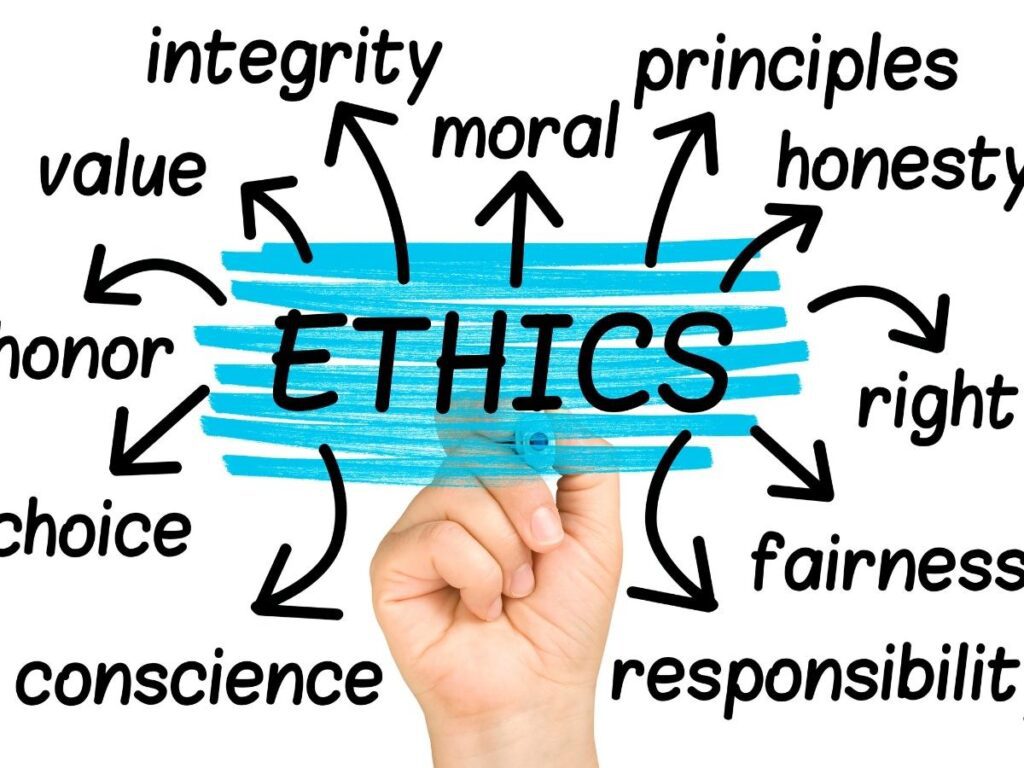
7. Economic Impacts: Job Displacements and the Role of AI Tools
The increasing sophistication of AI development tools has brought about concerns regarding economic implications, primarily job displacement. As automation becomes more prevalent, powered by platforms like BERT or Hugging Face Transformers, traditional roles across various sectors may be at risk.
While these tools can significantly increase productivity and efficiency, they pose a challenge: how can we ensure economic stability in the face of growing automation?
Companies such as Google and Facebook, at the forefront of AI development, are responsible for addressing these concerns. They must actively engage in dialogue about the future of work, offer training programs for emerging roles due to AI, and provide solutions that ensure economic growth alongside AI’s rapid advancement.
8. Continuous Learning: Ethical Challenges in Adaptive AI Development Tools
AI development tools are not static; they evolve and learn continuously. Adaptive tools like BERT and Fast.ai are designed to improve over time by ingesting new data and refining their algorithms. However, this constant evolution brings about ethical challenges. If an AI tool continuously learns from the internet, it might ingest biased or misleading information, which can skew its results.
Companies such as Hugging Face Transformers tackle this by incorporating mechanisms that monitor and adjust the learning process. Ensuring these tools maintain an ethical and unbiased stance during continuous learning is crucial. Developers and companies must implement checks and balances, vetting the data sources and regularly auditing the tool’s conclusions.

9. Security: Protecting AI Development Tools from Malicious Use
As AI development tools grow in power and capability, they become attractive targets for malicious actors. These tools, if misused, can be weaponized to spread misinformation, disrupt systems, or even conduct cyber espionage. Platforms like TensorFlow and MLflow need advanced security protocols to protect them from unwanted intrusions.
Companies like Google, which backs TensorFlow, and others in the AI space understand this threat and invest heavily in fortifying their platforms against potential security breaches. They collaborate with the broader cybersecurity community, share threat intelligence, and constantly update their systems to tackle emerging threats. The onus is on the tool developers and users to ensure these platforms are used securely and ethically.
10. Standardization: The Need for Universal Ethical Guidelines in AI Tools Development
With the rapid growth of AI, there’s an increasing call for universal ethical guidelines for its development and use. Tools like PyTorch, developed by Facebook, or Keras may have their internal ethical guidelines, but there’s a need for industry-wide standards.
Standardization can ensure that AI development tools adhere to a consistent set of ethical principles regardless of where they’re developed or deployed. Organizations like the Open Neural Network Exchange (ONNX) play a crucial role in such endeavors, aiming to bring interoperability and standard practices across the AI landscape.
Collaboration between leading tech giants, academic institutions, and independent researchers can pave the way for a standardized, ethical approach to AI development.
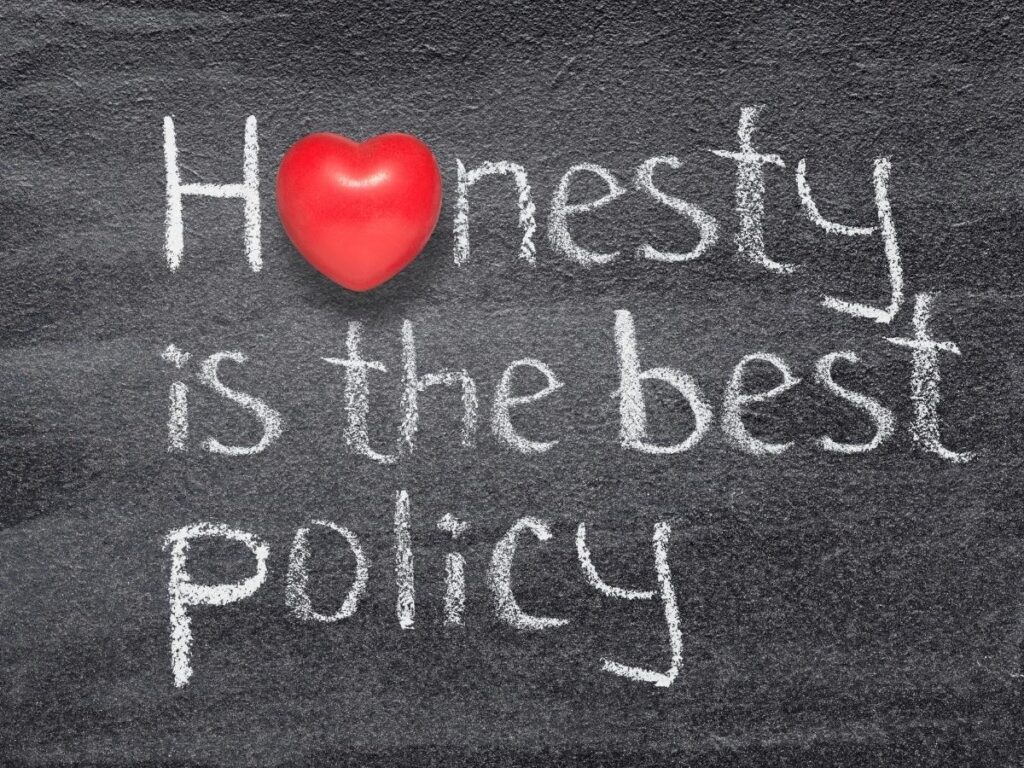
Best Practices to Navigate Ethical Challenges in AI Development Tools
In an age where AI development tools are deeply interwoven into our daily lives, it becomes imperative for developers, companies, and users to adopt best practices that ensure these tools are ethical and responsible.
The rapid evolution of tools like TensorFlow, Keras, and Hugging Face Transformers shows the tech industry’s commitment to advancing AI, but with great power comes great responsibility. Here are some best practices that can help navigate the intricate maze of ethical challenges in AI development tools:
Encouraging open-source solutions to promote transparency
Open-source platforms, such as Jupyter Notebook and MLflow, exemplify the spirit of collaborative innovation. When AI development tools are open-source, it allows a broad community of developers, ethicists, and users to inspect, validate, and contribute to the tool’s code.
This communal oversight promotes transparency and ensures that any biases, intentional or otherwise, can be quickly identified and rectified. Companies like Google and Facebook, backing platforms like TensorFlow and PyTorch, respectively, have recognized the value of open-source in fostering trust and ensuring ethical use.
Ensuring robust security measures for AI tool platforms
Security isn’t just about preventing breaches; it’s also about safeguarding the ethical integrity of AI tools. Platforms like Spacy and Rasa need strong security measures to prevent malicious actors from injecting biased data or skewing algorithms.
DataRobot, for instance, accelerates AI processes while emphasizing the importance of maintaining a secure environment. Companies, developers, and users should prioritize security, regularly update their systems, and participate in community-driven threat intelligence sharing to avoid potential vulnerabilities and threats.

Promoting inclusivity and diversity in AI tool development and usage
The world of AI is vast, encompassing myriad cultures, perspectives, and experiences. To truly harness the full potential of AI, it’s essential to ensure that the tools we create reflect this diversity. Inclusive AI tool development means tools like BERT and GANs are designed with inputs from diverse developers, testers, and users.
When development teams are diverse, the AI tools they create are less likely to have unintended biases. Companies such as Google and Facebook, behind popular platforms like TensorFlow and PyTorch, have increasingly recognized the importance of diversity in AI and have initiated efforts to encourage inclusivity in the AI space.
Such an approach makes ethical sense and enhances the quality, creativity, and relevance of the AI tools produced.
Staying updated with global ethical standards and regulations
With the fast-paced advancements in AI development tools, international ethical standards and regulations often play catch-up. However, developers and companies should proactively stay abreast of these evolving standards. Tools like Keras, Weights & Biases, and ONNX should align with global best practices to ensure they’re ethically sound.
Organizations with a global presence must know region-specific regulations and adapt their tools accordingly. For example, DataRobot emphasizes the importance of building and deploying AI ethically across different jurisdictions. By staying updated, companies can mitigate risks, ensure the ethical use of their tools, and foster trust among their users and stakeholders.

Essential FAQs: Probing Deeper into Ethical Aspects of AI Development Tools
As the integration of AI development tools accelerates across industries, so do the ethical concerns surrounding them. Developers, users, and stakeholders need to understand and address these concerns to harness the potential of AI responsibly. Let’s dive deep into some frequently asked questions regarding the ethical aspects of AI development tools.
- What are the primary ethical concerns in current AI development tools? The primary ethical concerns in AI development tools include potential biases in algorithms, data privacy and security challenges, the risk of over-reliance leading to diminished human oversight, and the accessibility and equitability of these tools. Tools like TensorFlow or PyTorch can sometimes unintentionally perpetuate existing biases if the data they’re trained on is skewed. Additionally, as these tools handle vast amounts of data, ensuring the data’s privacy and protection becomes paramount.
- How do AI tools differ in ethical considerations from traditional software tools? Conventional software tools function based on pre-defined instructions, whereas AI tools often learn from data, which makes them susceptible to inheriting biases. This self-learning capability can lead to unpredicted and sometimes undesirable outcomes. For instance, a machine learning model trained using BERT or Hugging Face Transformers might inadvertently learn societal prejudices in the training data. Additionally, AI tools might make decisions that are hard to interpret, unlike traditional tools, where the decision-making process is usually transparent.
- What steps are being taken to standardize ethics in AI tool development? Efforts are underway to create universal guidelines and standards for ethical AI development. With its tool, TensorFlow, and Facebook’s PyTorch, companies like Google have started to incorporate best practices and ethical guidelines. Open initiatives and communities actively discuss and develop frameworks for responsible AI. Open-source platforms like MLflow and ONNX often encourage community contributions to enhance ethical standards in AI tool development.
- How can users and developers ensure the ethical use of AI development tools? Users and developers can ensure ethical use by constantly updating themselves with the latest guidelines and best practices. Using open-source solutions like Jupyter Notebook or Keras allows for more transparent and collaborative development, making ethical issues more accessible. Continuous training, seeking feedback from diverse user groups, and implementing robust testing and validation can further ensure the ethical deployment of AI tools. Using platforms like Weights & Biases to track experiments and ensure reproducibility in AI projects is also beneficial.

Conclusion: The Road Ahead for Ethical AI Development Tools
The journey toward ethical AI development is a continual process that requires collective commitment from developers, researchers, and policymakers alike. As AI tools become more sophisticated, their ethical challenges become increasingly complex.
It is essential to view these challenges not as roadblocks but as opportunities to create more inclusive, transparent, and accountable tools. The fusion of ethics and technology promises advancements in AI capabilities and a future where AI aligns with human values and societal needs.
As we navigate this path, open discourse, continuous education, and collaborative efforts will be vital in ensuring that the AI tools of tomorrow are built on a foundation of ethical integrity. The road ahead may be extended and winding, but with shared responsibility and vision, a harmonious blend of AI and ethics is achievable.
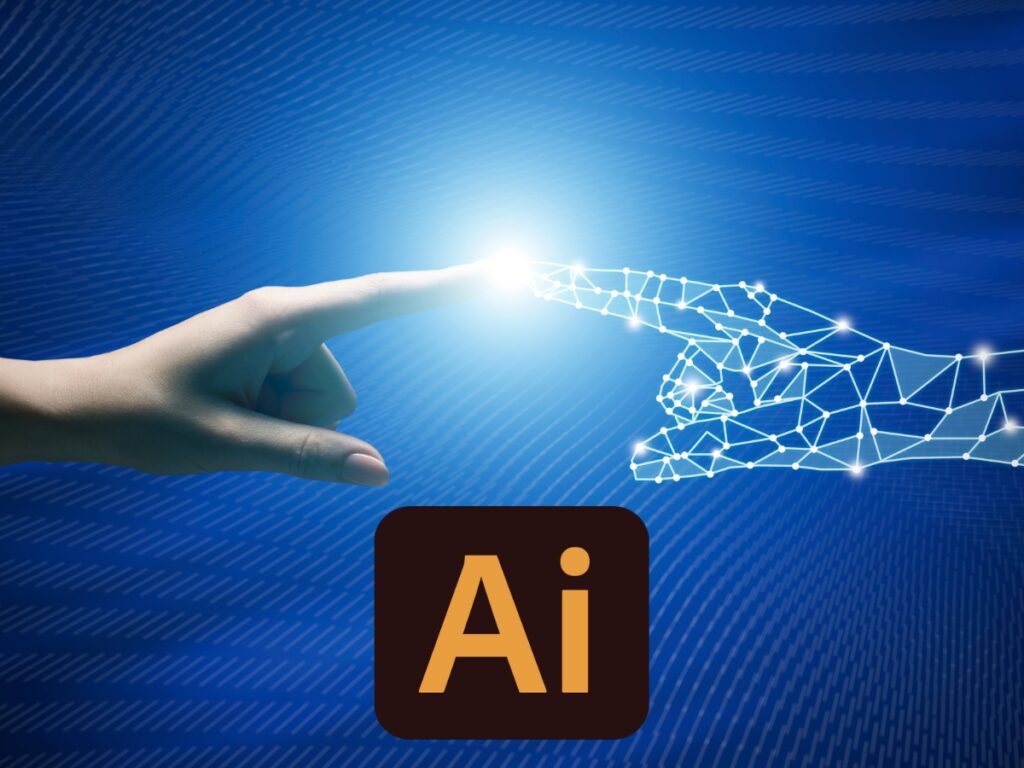
You Might Also Like:
If you enjoyed this article and received value from it, check out the other Blue Lane Group articles in the Ethics and AI Series:
- Unraveling 10 Core Ethical Concerns in AI Every Expert Must Know
- Shedding Light on the 10 Major Ethical Dilemmas of Data Privacy in AI
- Unlocking 12 Ethical Dimensions Behind Transparency in AI
- Dive Deep: 10 Ethical Dilemmas in Modern AI Development Tools
- Master 11 Essential Principles for Ethical Fairness in AI
- Deciphering the Ethical Maze: 9 Aspects of AI Data Annotation
- Navigate the 9 Ethical Dilemmas of AI and Modern Reputation Scores
- Mastering the 11 Nuances of AI Ethics in Healthcare Practices
- Decoding 11 Key Insights into AI Ethical Guidelines for Businesses
- Unveiling the Future: 10 AI Trends Shaping Ethics in NLP
- Revealing the 9 Ethical Challenges of Security Surveillance in AI Today
- Navigating the Future: 10 Trends Shaping Ethics in Fair AI Systems
- Navigating the Future: 12 Trends Driving AI Employment Ethics
- Exploring 10 Pivotal Issues of AI in Advertising Ethics Today
- Illuminate: 9 Innovative Trends Shaping Ethics in Intellectual Property Rights
- Navigating the Future: 10 Trends Shaping Ethics in AI in Crime Prevention
- Dissecting the 11 Key Ethical Boundaries in Deepfakes and AI
- Unraveling 10 Ethical Implications of AI and Vehicles Today
- Decoding 9 Critical Ethical Practices in Building Trust in AI Systems
- Highlighting 11 Pivotal Ethical Implications in AI Globalization
- Unveiling 10 Ethical Foundations in AI Research Methods Today


